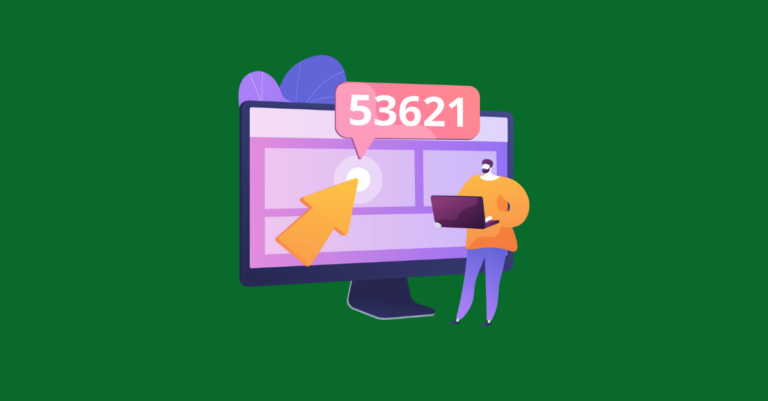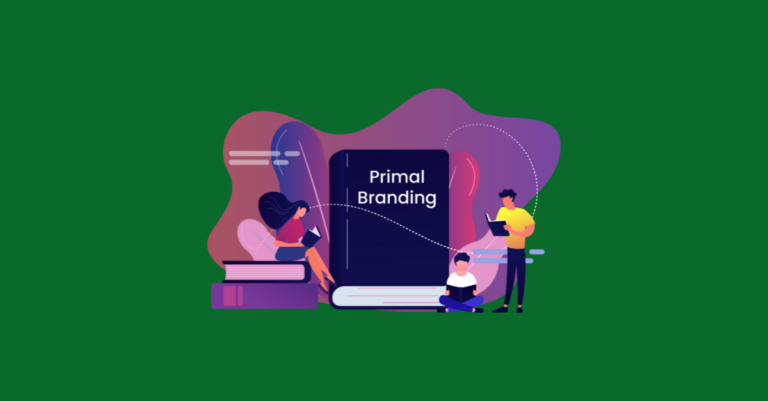How to Write Content for Multiple Audiences
User experience is a crucial factor in SEO success. Google now tracks how users interact with a page. It sends a negative signal if readers get stuck, bored, or bounce quickly. A seamless, engaging experience can elevate a site, while a poor one can bury your content among the noise. Understanding your audience’s needs and speaking directly to them is essential for creating a user experience that keeps them engaged and signals quality to search engines.
If too many visitors are clicking away—or “pogosticking”—search engines take notice, and your rankings can suffer. Whether or not you consider it a direct ranking factor like we do, its impact on conversions is undeniable. Even if organic traffic increases, it’s meaningless if a poor user experience prevents visitors from taking action and achieving your site’s goals.
But what if your audience consists of multiple distinct segments? How do you engage them all effectively? That’s what this article will help sort out.
Managing Multiple Audience Segments
Unless you’re a highly specialized B2B company, you likely serve more than one audience segment. Many businesses need to create content that resonates with multiple groups—whether it’s professionals and beginners, buyers and sellers, or decision-makers and end users. Each of these groups has unique needs, motivations, and pain points, making it crucial to tailor your messaging accordingly.
Failing to recognize these differences can lead to content that feels too broad, vague, or irrelevant to any one audience. Broad content will fail to leave an impression.
On the other hand, overly segmented messaging can result in content silos that fail to unify your brand voice. Being too specific can simply miss the mark. Striking the right balance is key to ensuring all segments feel engaged and understood.
So, how do you speak to multiple audience segments without losing clarity or impact? It starts with understanding them.
Gather Data on Your Audience
Before you create content, you need insights into who you’re speaking to. This can come from:
- Customer surveys and interviews – Ask about their pain points, goals, and decision-making processes.
- Website analytics – Use behavioral data to see how different user groups interact with your site.
- CRM and sales data – Identify common traits among your most engaged customers.
- Social listening and forums – Monitor industry discussions to understand the language and concerns of different segments.
By gathering data, you can start crafting content that speaks directly to your audience’s needs rather than making assumptions.
From there, you can determine the best approach—whether that means creating separate experiences for each group, unifying them under shared messaging, or prioritizing the highest-value segment.
If we had it our way, we would start every project with audience conversations. Focus groups, surveys, and usability hubs are great for this purpose. Ask your audience specific questions about the company or product/service/offering if you can. Ask about the industry at large. Ask about their decision-making habits – anything that will help you understand what they need and how content can connect with them.
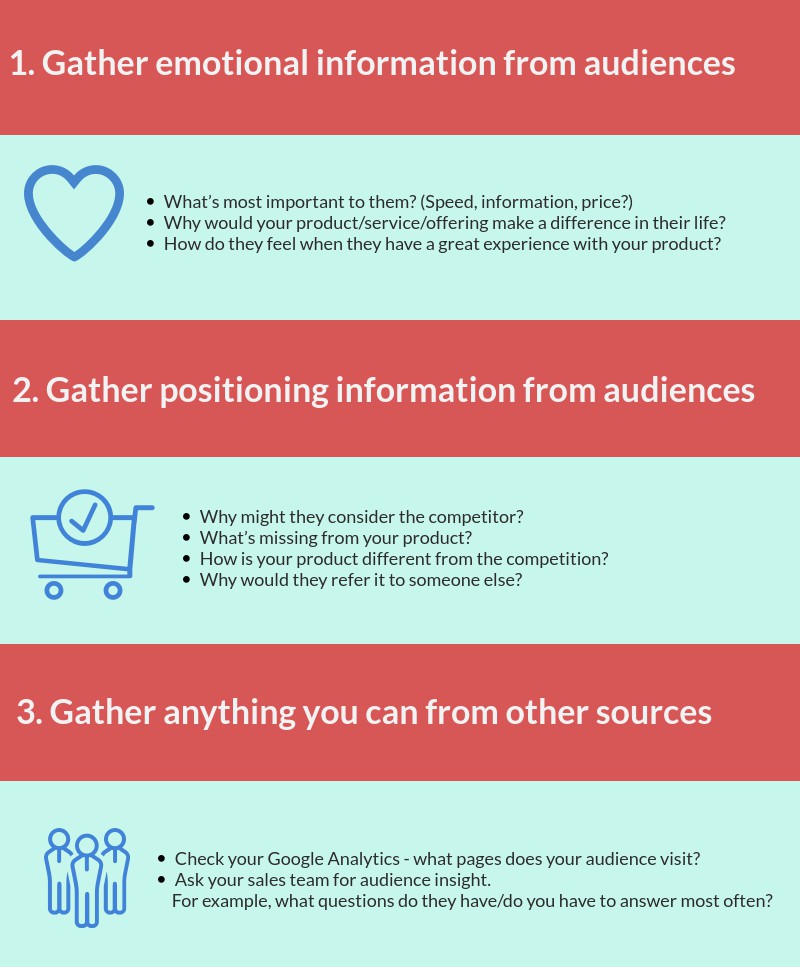
Choose the Best User Experience for Them
Once you understand the positioning of your audience segments, you can decide how to create content that works for their needs and your company’s goals.
Option 1. Give them separate experiences from the start
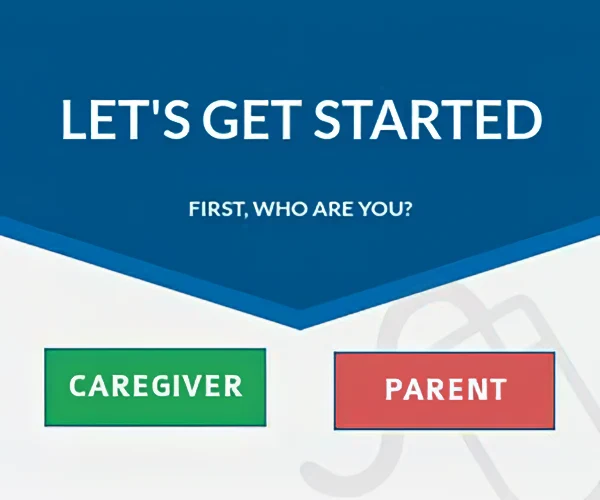
The classic version of this path is a landing page with two clear options, asking someone to select their identity to navigate your site.
This can be a point of contention with some people, especially if they don’t want to be identified as one of the segments you’ve named. For example, they may be a babysitter uncomfortable identifying as a “caregiver.” On the other hand, maybe you want to weed out those who only consider themselves babysitters. This is where audience questioning and a little strategic thinking are key.
Doing upfront work to guide separate journeys is a bigger investment of time and resources, but also one that is more likely to pay off.
Option 2. Speak to all of them at once
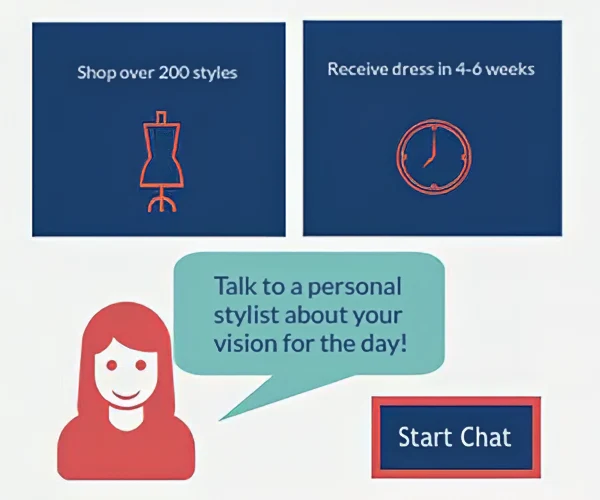
Switching back and forth can be confusing, and vague language means you never fully commit to one. The trick here is to find the underlying unifier. The audiences might be different on the surface, but if you dig deeper, you can see the connection/goal they share.
Let’s look at the example of e-commerce shops specializing in bridesmaid dresses. The two main audience segments are 1) brides and 2) bridesmaids. Their journey is different, but the outcome is the same. So, discover which elements are important to both of them. This might include easiness, various styles and colors, personal attention, and/or timeliness.
Option 3. Write for the audience more likely to convert

If one audience segment converts better, focus on them—assuming it aligns with your goals.
For example, if data shows dog owners buy more pet insurance than cat owners, tailor messaging to “dog owners” instead of generic “pet owners” copy. Don’t lose the focus of the reader.
If conversion differences vary by page, optimize those sections for the higher-converting segment while keeping broader content elsewhere.
Option 4. Devote different channels to each audience

Define key content themes across all channels—like thought leadership, conversions, and brand identity—then align them with the right platforms.
Since audiences vary by channel, tailor your messaging without losing brand consistency. While your voice should remain the same, adjusting tone is essential. For example, prospective employees have different needs than customers; your content should reflect that.
Finally, Keep Testing and Improving Your Content
Now that you’ve researched your audience, chosen a content strategy, and published it, the next step is testing and refining. Ensure your content is performing as intended by:
- Set up tags and track the analytics.
- Have stakeholders (who know the audiences) proof the content.
- Test the user experience design on sites like fivesecondtest.com.
- Review the KPIs of individual pieces of content and the overall experience.
With more ways than ever to connect with your audience, it’s crucial to research, refine your content strategy, and craft an experience that aligns with their journey.
Interested in learning more about digital content? Read our previous post on Writing Content in your Client’s Voice.
Struggling to connect with your audience? Let’s fix that. Contact us today for a content strategy that converts.




